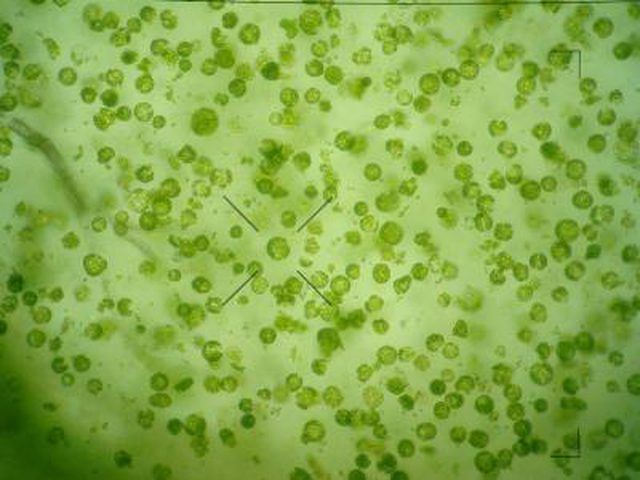Bulbs
Flower Basics
Flower Beds & Specialty Gardens
Flower Garden
Garden Furniture
Garden Gnomes
Garden Seeds
Garden Sheds
Garden Statues
Garden Tools & Supplies
Gardening Basics
Green & Organic
Groundcovers & Vines
Growing Annuals
Growing Basil
Growing Beans
Growing Berries
Growing Blueberries
Growing Cactus
Growing Corn
Growing Cotton
Growing Edibles
Growing Flowers
Growing Garlic
Growing Grapes
Growing Grass
Growing Herbs
Growing Jasmine
Growing Mint
Growing Mushrooms
Orchids
Growing Peanuts
Growing Perennials
Growing Plants
Growing Rosemary
Growing Roses
Growing Strawberries
Growing Sunflowers
Growing Thyme
Growing Tomatoes
Growing Tulips
Growing Vegetables
Herb Basics
Herb Garden
Indoor Growing
Landscaping Basics
Landscaping Patios
Landscaping Plants
Landscaping Shrubs
Landscaping Trees
Landscaping Walks & Pathways
Lawn Basics
Lawn Maintenance
Lawn Mowers
Lawn Ornaments
Lawn Planting
Lawn Tools
Outdoor Growing
Overall Landscape Planning
Pests, Weeds & Problems
Plant Basics
Rock Garden
Rose Garden
Shrubs
Soil
Specialty Gardens
Trees
Vegetable Garden
Yard Maintenance
How Does Cytokinesis Differ in Plants & Animals?
How Does Cytokinesis Differ in Plants & Animals?. Cytokinesis is the final step of cell replication after mitosis, the duplication of a cell, is completed. During this process, the cytoplasm of the original cell halves itself equally for the two resulting cells. Though both animal cells and plant cells go through cytokinesis, the two separate...
Cytokinesis is the final step of cell replication after mitosis, the duplication of a cell, is completed. During this process, the cytoplasm of the original cell halves itself equally for the two resulting cells. Though both animal cells and plant cells go through cytokinesis, the two separate types of cells differ.
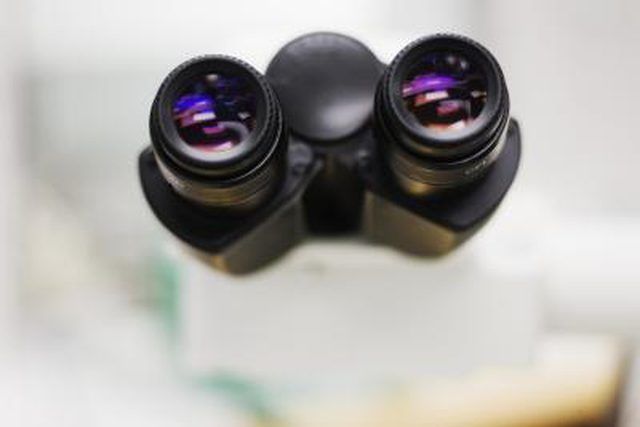
Cytokinesis provides each new cell with a proper amount of cytoplasm. It is also the concluding step following mitosis. It finalizes the division of the two cells.
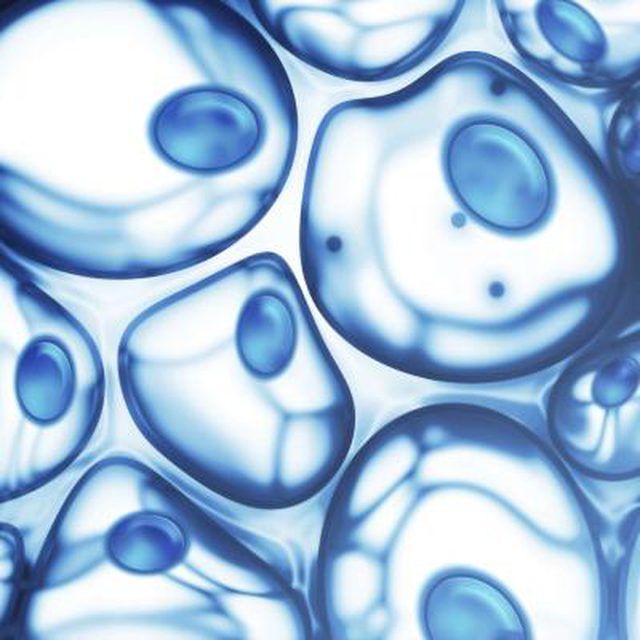
Cytokinesis is vital to the cell process as it divides the cytoplasm into two equal portions for the new cells. Cytoplasm is extremely important within each cell. The cell's main support for organelles within the cell's membrane, the cytoplasm also contains many nutrients. A gelatinous substance, the cytoplasm suspends and holds each cell's nucleus, mitochondria, ribosomes and many other organelles in place. It also is home to the cytoskeleton, which creates the cell's shape and controls its movement.
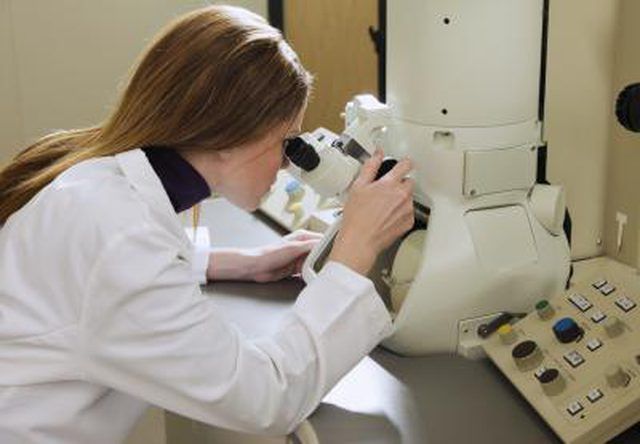
In plant cells, cytokinesis simply consists of the cell plate forming at the equator of the old cell that will soon be two. The cell plate--the future cell wall that will separate the two cells--divides the cytoplasm in half.
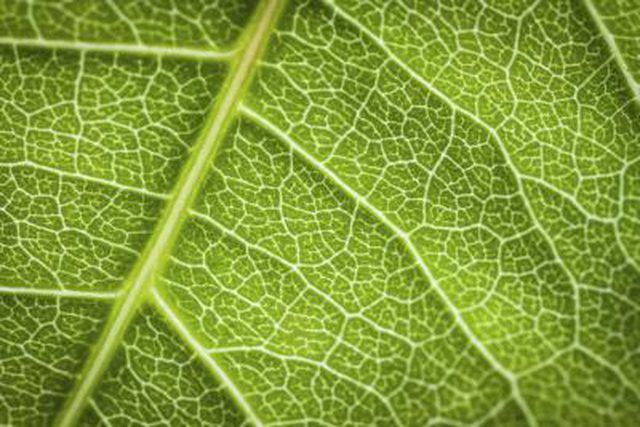
Cytokinesis in animal cells is more complex than in plant cells. A contractile ring, underneath the original cell's membrane, begins to form and contracts, which creates the cleavage furrow. The furrow grows deeper between the two cells until they pinch off and separate from one another, resulting in two separate daughter cells.
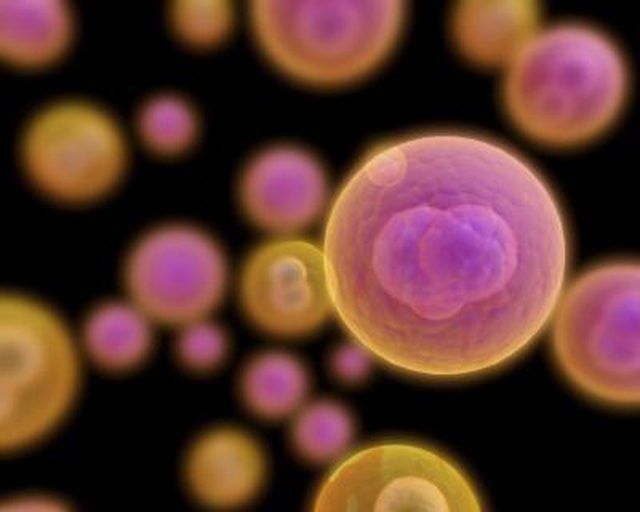
The cell has finally completed mitosis. Cytokinesis is not generally considered a part of mitosis, yet it finalizes the cell division process. The result after cytokinesis is two genetically identical daughter cells, which will then go through a cell cycle of their own, eventually undergoing cytokinesis.
